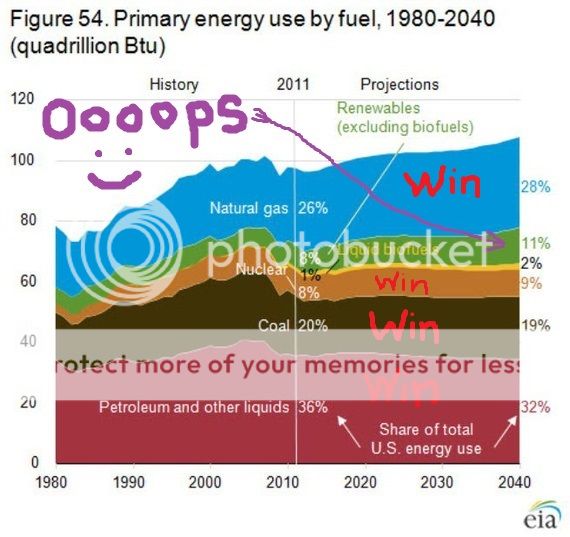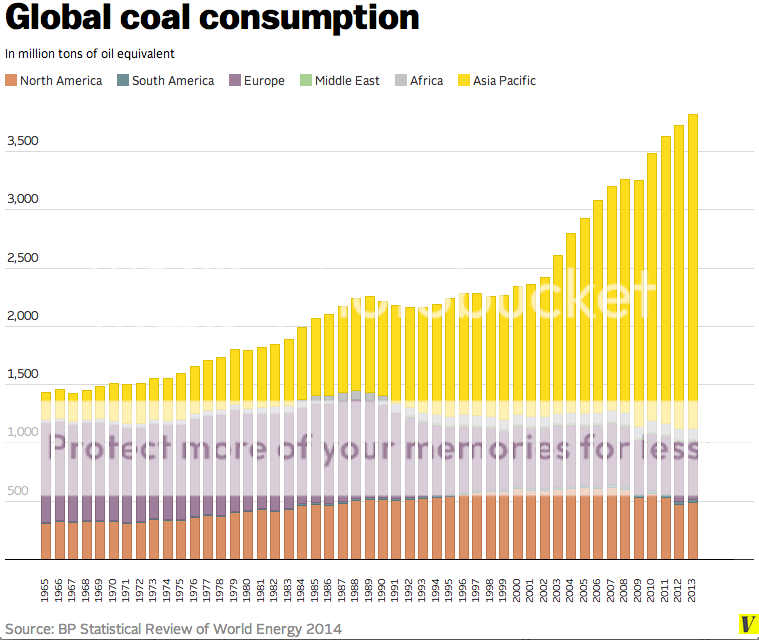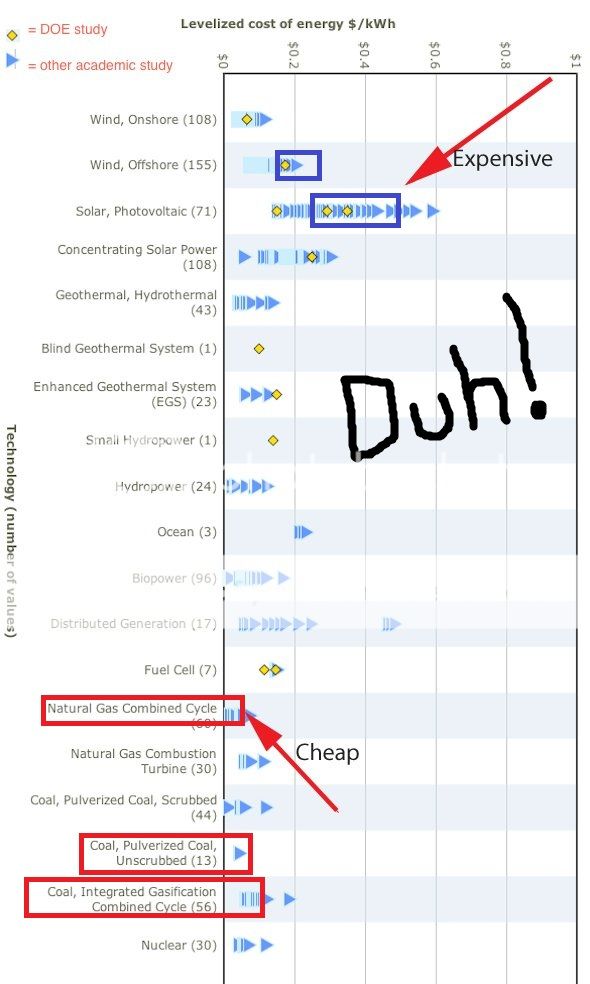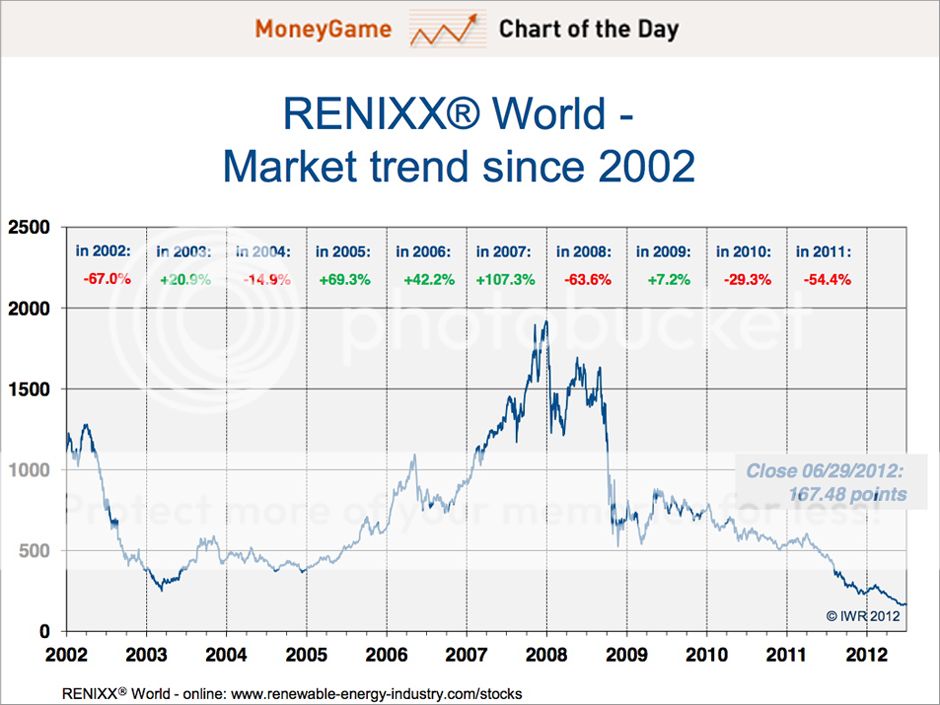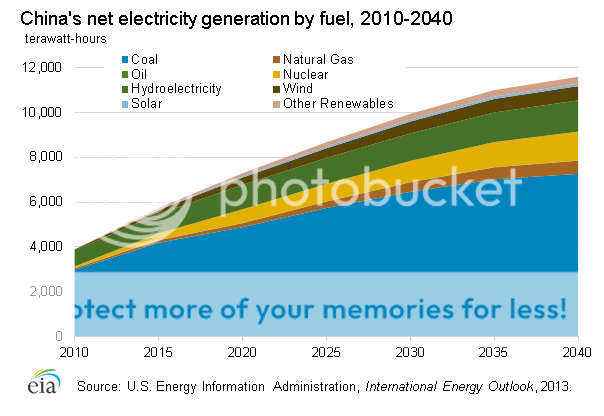Fracking isn’t causing widespread damage to the nation’s drinking water, the Obama administration said in a long-awaited report released Thursday.
The U.S. Environmental Protection Agency—after a four-year study that is the U.S. government’s most comprehensive examination of the issue to date—concluded that hydraulic fracturing, as being carried out by industry and regulated by states, isn’t having “widespread, systemic impacts on drinking water.”
However, the EPA said there were a small number of contaminated drinking wells and highlighted potential vulnerabilities, including the disposal of wastewater and construction of durable wells.
The report was issued nearly a decade since fracking began helping unlock vast reserves of oil and natural gas across the U.S. It also bolsters the position staked out by the energy industry and its supporters: that fracking can be carried out safely.
“Hydraulic fracturing activities in the U.S. are carried out in a way that have not led to widespread, systematic impact on drinking water resources,” said Thomas Burke, deputy assistant administrator of the EPA’s office of research and development, on Thursday. “In fact, the number of documented impacts to drinking water is relatively low when compared to the number of fractured wells.”
Fracking Has Had No Widespread Impact on Drinking Water EPA Finds - WSJ
No surprise there.












